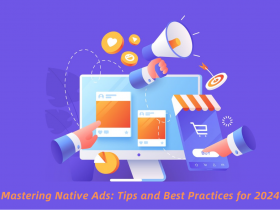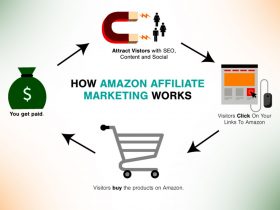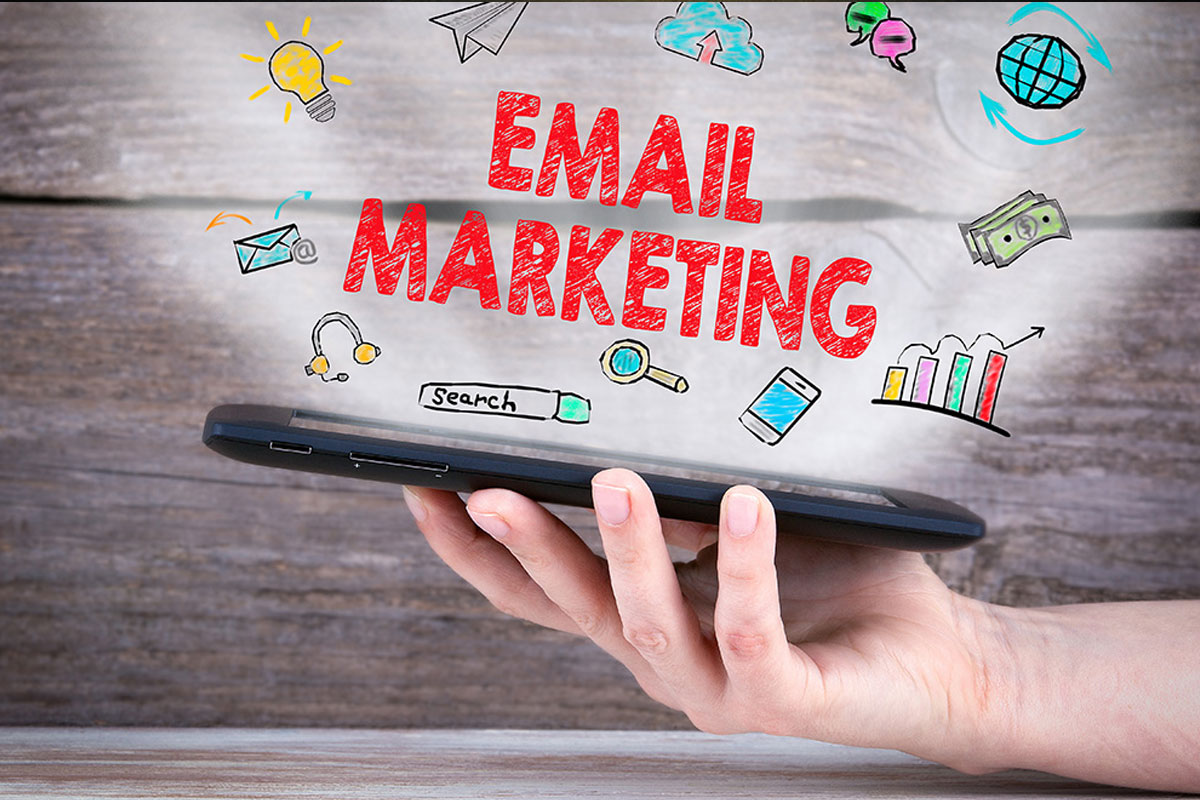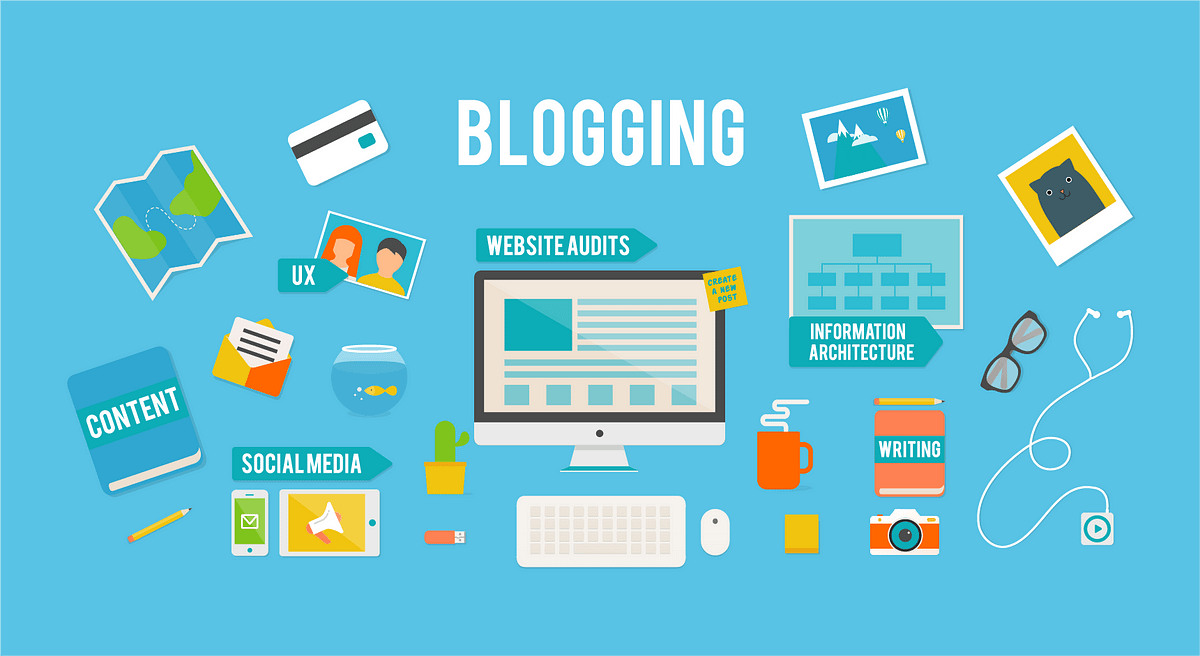Email marketing is a powerful tool for businesses and marketers to connect with their audience, build relationships, and drive sales. In this comprehensive guide, we will walk you through the essential steps of creating a successful email marketing strategy that can help you achieve your marketing goals.
Whether you’re a seasoned marketer or just getting started, this guide will provide valuable insights and tips to take your email marketing efforts to the next level.
What is Email Maeketing?
Email marketing is a digital marketing strategy that involves sending targeted messages and promotional content to a group of individuals via email. It is a direct and effective way for businesses, organizations, or individuals to communicate with their audience, build relationships, and promote their products or services.
Email marketing allows marketers to reach a specific audience that has opted to receive communications from them. This permission-based approach ensures that the recipients are more likely to engage with the content, making email marketing a powerful tool for driving engagement, traffic, and sales.
Key components of email marketing include:
- Building an Email List: Marketers collect email addresses from interested individuals through sign-up forms on websites, landing pages, or during purchases.
- Segmentation: Organizing the email list into different segments based on various factors, such as demographics, interests, or purchase history. Segmentation allows for more personalized and targeted messaging.
- Content Creation: Crafting compelling and valuable content, including newsletters, promotional offers, product announcements, event invitations, and more.
- Design: Creating visually appealing email templates that align with the brand’s identity and are optimized for both desktop and mobile devices.
- Sending Schedule: Planning a consistent email sending schedule to keep the audience engaged without overwhelming them with excessive emails.
- Automation: Utilizing automation tools to send personalized emails triggered by specific actions or time intervals, such as welcome emails, follow-ups, or abandoned cart reminders.
- Tracking and Analytics: Monitoring email performance through various metrics, like open rates, click-through rates, conversion rates, and bounce rates. Analyzing this data helps refine the email marketing strategy for better results.
Benefits of email marketing include its cost-effectiveness, ability to reach a wide audience quickly, personalized messaging, and measurable results. It also allows businesses to nurture leads, build customer loyalty, and stay connected with their audience on a regular basis.
Valuable insights and tips
Define Your Goals
Before diving into email marketing, it’s crucial to establish clear and measurable goals. What do you want to achieve with your email campaigns? Whether it’s increasing website traffic, growing your subscriber list, or boosting sales, defining your goals will guide your strategy and help you measure success.
Build Your Email List
Your email list is the foundation of your email marketing campaign. Focus on growing an engaged and relevant subscriber base. Offer valuable incentives such as discounts, free guides, or exclusive content to encourage visitors to subscribe. Ensure that you have permission to send emails to your subscribers to comply with anti-spam laws.
Choose the Right Email Marketing Platform
Selecting the right email marketing platform is crucial for managing your campaigns efficiently. Look for platforms that offer user-friendly interfaces, automation features, detailed analytics, and good deliverability rates. Popular options include Mailchimp, Constant Contact, and ConvertKit.
Create Compelling Content
The key to successful email marketing is delivering valuable and engaging content to your subscribers. Craft well-written and personalized emails that resonate with your audience. Segment your list based on interests, behavior, or demographics, and tailor your content accordingly.
Design Eye-Catching Emails
Visual appeal is essential to grab your audience’s attention. Use responsive email templates that look great on both desktop and mobile devices. Keep your design clean, consistent with your brand identity, and use captivating visuals to support your message.
Implement Email Automation
Save time and increase efficiency by utilizing email automation. Set up automated welcome emails, drip campaigns, and abandoned cart reminders. Automation allows you to deliver timely and relevant messages, increasing engagement and conversions.
Optimize for Mobile Devices
A significant portion of email opens happens on mobile devices. Ensure that your emails are mobile-friendly and easy to read on smaller screens. Test your emails on various devices to guarantee a seamless user experience.
Monitor and Analyze Performance
Regularly monitor the performance of your email campaigns. Pay attention to metrics such as open rates, click-through rates, and conversion rates. Analyze the data to identify trends, successes, and areas for improvement. Use this information to refine your email marketing strategy continually.
A/B Testing for Continuous Improvement
Experiment with A/B testing to optimize your emails further. Test different subject lines, calls to action, visuals, and send times to see what resonates best with your audience. Continuous testing and optimization are key to improving your email marketing results over time.
Maintain Consistency and Compliance
Consistency in sending emails helps build trust with your subscribers. Stick to a regular schedule and avoid bombarding your audience with excessive emails. Additionally, make sure your emails comply with relevant data protection and anti-spam regulations.
Conclusion
Email marketing remains one of the most effective digital marketing strategies. By following this ultimate guide, you can create compelling email campaigns that engage your audience, drive conversions, and foster long-lasting relationships with your customers. Stay persistent, keep testing, and adapt to changing trends to ensure your email marketing efforts yield the best possible results.
Also Read: The Best Email Marketing Tools for Small Businesses


















Leave a Reply